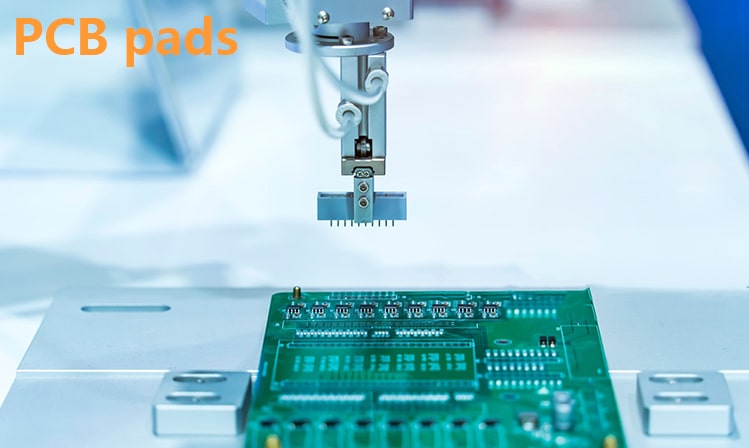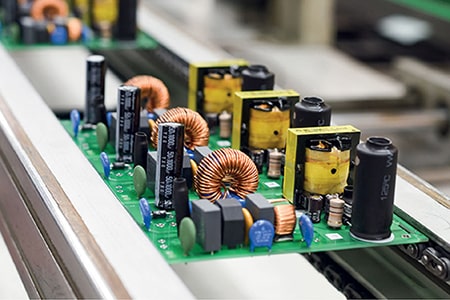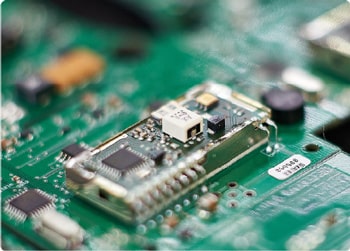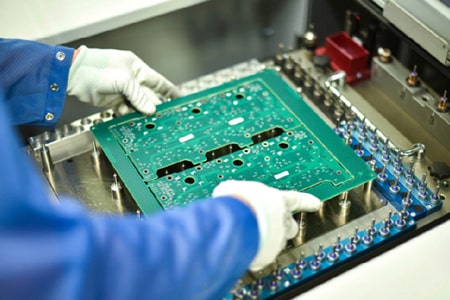Reasons why PCB pads cannot be tinned
If the PCB pads are not easy to tin, it will affect the component patch, which will indirectly cause the subsequent test to fail to proceed normally.
Reasons why PCB pads are not easy to tin
Pad surface contamination
The surface of the PCB pad may be contaminated for a variety of reasons, such as chemical solvents, grease, sewage, etc. used in the process. These pollutants will form a thin oxide layer, which prevents the solder from effectively attaching to the pad.
In addition, dust and impurities on the surface of the pad will also affect the welding quality. The solution to this problem is to clean it before welding. You can use professional cleaning solvents or ultrasonic cleaning equipment to ensure that the surface of the pad is clean and free of impurities.

Pad material problem
The material of the PCB pad has a direct impact on the welding quality. Common materials are copper and tinned copper. However, if the pad material is not suitable, the solder will not be able to attach to it. For example, the copper pad is easy to oxidize, forming an oxide layer, which affects the welding quality.
In addition, the quality of the tinning layer will also have an important impact on the welding results. The solution to this problem is to carefully select the appropriate pad material and ensure that its quality meets the standards.
Unsuitable welding temperature
The welding temperature of the PCB pad is crucial to the tinning effect. If the temperature is too low, the solder will be difficult to melt and cannot wet the surface of the pad; if the temperature is too high, it is easy to burn the pad. Therefore, choosing the right welding temperature is the key to solving the problem.
In general, the ideal welding temperature should be near the melting point of the solder, and the specific temperature range needs to be adjusted according to the actual situation. In addition, the control of the welding time also needs to be paid attention to. Too short a welding time may lead to incomplete welding.
Inadequate welding technology
Welding is a technical job, and correct welding methods and techniques are the premise for ensuring welding quality. In the case that the pad is not easy to tin, we can consider using a more suitable welding method, such as changing to a more suitable solder nozzle, using a higher power welding equipment, etc.
In addition, good welding posture and welding speed will also affect the welding effect. Therefore, strengthening the training and practice of welding technology is an effective way to improve welding quality.
After more than 20 years of development, PCBAMake has now developed into a company specializing in PCB board making, SMT processing and component supporting services. It has the capabilities of material selection, sample making, small batch production, and testing services. It has 4 brand-new Korean imported (Samsung) dual-track medium and high-speed placement machines, fully automatic printing machine + reflow soldering + online dual-track AOI + SPI + offline AOI + X-RAY, and is committed to providing high-efficiency, high-quality one-stop PCBA services for R&D companies.







